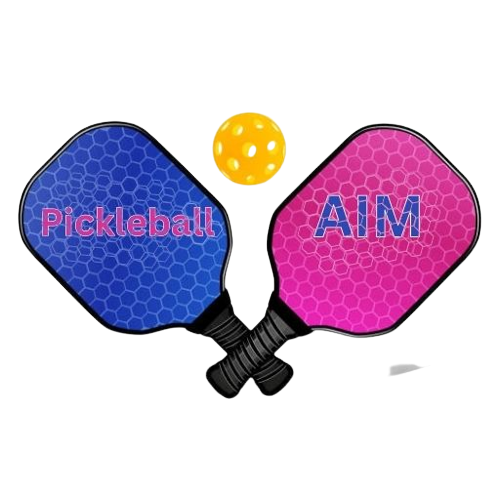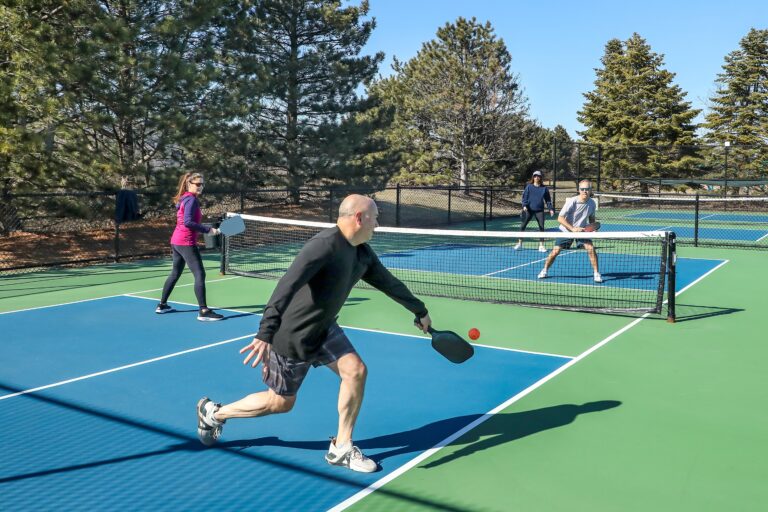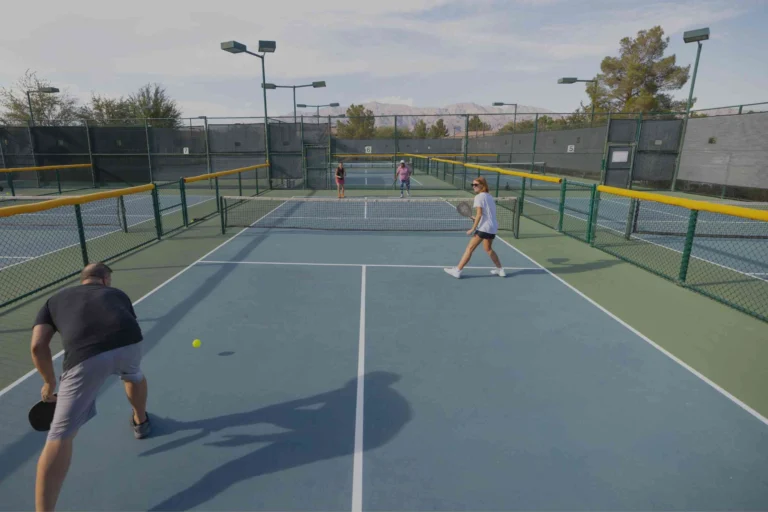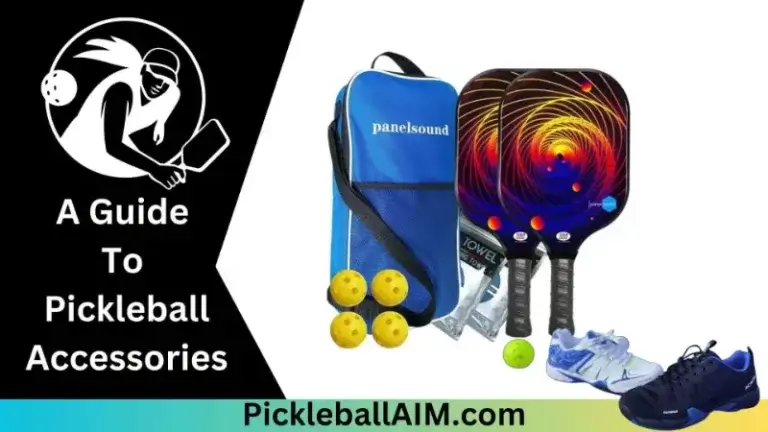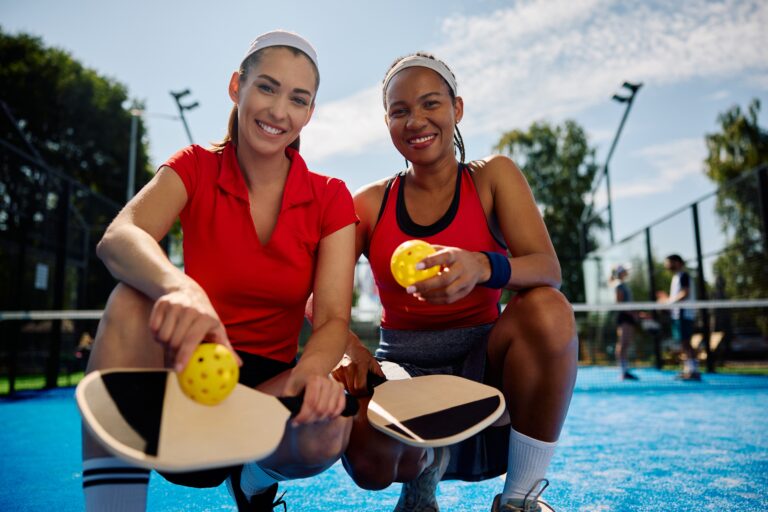Choosing Your First Pickleball Paddle: What You Need to Know
Pickleball is rapidly growing in popularity, and if you’re new to the sport, one of the first and most important decisions you’ll make is choosing the right paddle. The paddle significantly influences your gameplay, affecting everything from your swing to the power and precision of your shots. This guide will provide you with essential tips to help you select the perfect pickleball paddle that suits your style and enhances your play.
Understanding Pickleball Paddles
Pickleball paddles have evolved significantly from their simple wooden origins. Today, they are made from a variety of advanced materials and come in different shapes and sizes. The right paddle can improve your control and power, making the game more enjoyable and competitive.
Key Factors to Consider
1. Material
Pickleball paddles are made from three main materials: wood, composite, and graphite. Each has its advantages and disadvantages:
- Wood: Wood paddles are the most affordable and are heavier, which can provide more power but less control. They are ideal for beginners who are just trying out the sport and are not yet ready to invest in more expensive equipment.
- Composite: These paddles are made from a blend of materials, typically including a composite core covered with a fiberglass or carbon fiber face. They offer a good balance between power and control and are available in a wide range of weights and prices.
- Graphite: Graphite paddles are lightweight and stiff, offering excellent control and quick hand speed. They tend to be more expensive but are favored by players who value precision and responsiveness.
2. Weight
The weight of the paddle is crucial as it impacts your comfort and playing style. Paddle weights generally range from 6 to 14 ounces:
- Light paddles (6-7.5 ounces): These paddles provide great control and are easier on the arm and shoulder, making them suitable for players who prefer a quick game or who have previous injuries.
- Medium paddles (7.6-8.4 ounces): Offering a balance of power and control, medium-weight paddles are suitable for most beginners.
- Heavy paddles (8.5 ounces and above): Heavier paddles increase the power behind your swings and shots but can be more taxing on your arm. They are often recommended for players who have sufficient strength to handle them without strain.
3. Grip Size
Choosing the correct grip size is vital for comfort and injury prevention. A grip that’s too large can make the paddle difficult to handle, while a grip that’s too small can lead to overuse injuries like tennis elbow. Here’s how to find the right size:
- Measure Your Grip: You can measure your grip size by holding any racket and seeing how much space is between your palm and the tips of your fingers. Another method is to measure from the middle crease in your palm to the tip of your ring finger.
- Common Sizes: Grip circumferences typically range from 4 to 4 ½ inches. Most adults find a grip between 4 ¼ inches and 4 ½ inches comfortable.
4. Shape
Pickleball paddles come in various shapes, each offering different benefits:
- Wide Body: The most common shape, great for beginners due to its large surface area.
- Elongated: Offers more reach and power, ideal for advanced players.
- Oversized: Provides a larger surface area and sweet spot, but can be heavier.
5. Price
Price can vary significantly between paddles. While it’s tempting to go for the cheapest option when you’re just starting out, investing in a mid-range paddle can be beneficial if you plan to play regularly. Typically, composite and graphite paddles are more expensive than wood, but they offer better performance and durability.
Tips for Buying Your First Paddle
- Try Before You Buy: If possible, test out different paddles before making a purchase. Many clubs and sporting goods stores offer demo paddles that you can try during a game.
- Consult with More Experienced Players: Talk to more seasoned players or coaches who can provide advice based on your playing style and needs.
- Read Reviews: Look at online reviews to see what other players say about the durability and performance of the paddles you are considering.
Choosing the right pickleball paddle as a beginner can significantly affect how well you play and enjoy the game. Consider the paddle’s material, weight, grip size, and shape carefully, and try different options if possible. Remember, the best paddle for you is one that feels comfortable in your hand and suits your playing style. With the right paddle in hand, you’ll be well on your way to mastering the game of pickleball.
